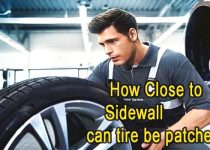Car Vibrates When Turning Left: Reasons & Ways to Fix
The phenomenon where a car vibrates when turning left is not new, but more drivers have recently noticed it.
The most common reasons are:
- Faulty wheel bearing or wheels,
- Worn-out suspension components,
- Loose wheel nuts,
- Loose wheel bolts, and
- Other mechanical problems.
If this is not the case for your car vibration, then read the following article. I have listed all the possible reasons.
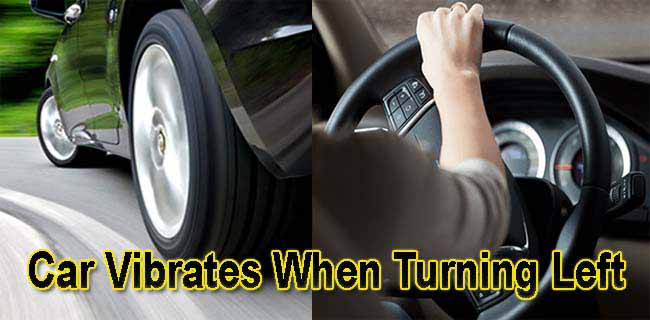
Table of Contents:=>
- Reasons for the Car Vibrating When Turning Left:
- a) Brakes:
- b) Leaky Steering:
- c) Distortion:
- d) Corroded Steering:
- e) Inertia feedback:
- f) Sensors:
- g) Wheels:
- h) Map Issues:
- Faulty Ignition System:
- Faulty Transmission Control Unit:
- Tire Damage:
- Intentional manipulation:
- Computer Malfunction or Firmware update:
- Suspension/Axle Problems:
- Worn rims:
- Tire pressure:
- Low-speed vibrations:
- Interference with another vibration:
- Other possible causes:
- What to Fix When a Car Vibrates During Turns?
Reasons for the Car Vibrating When Turning Left:
a) Brakes:
Whether it’s a car with inefficient rotors or worn-out pads. They are responsible for the noise, vibration, and harsh stopping drag you encounter whenever you apply the brake pedal. You can deal with this issue by repairing brakes by replacing old ones, plus applying fresh grease to the surfaces involved in friction.
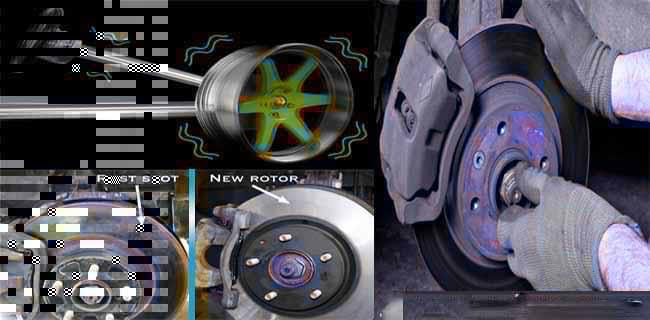
b) Leaky Steering:
It could be leaky joints that cause vibrations, especially if the ease of leaking fluid ever deteriorates beyond a point when it interferes with body control, thereby negatively affecting the vehicle’s steering. You can deal with this issue by locating leaking points of fluid & replacing whatever needs to be replaced until no more leaks occur.
c) Distortion:
In case your car has a very distorted engine, axle, or another related component, especially at high speeds, then they will work behind the scenes to create vibrations. You can deal with this issue by detecting the origin of the misbehaving problem before it becomes worse.
d) Corroded Steering:
You can deal with this issue by analyzing the steering system for any traces or malfunctions from here on, immediately getting it repaired if needed, plus making sure everything else remains in good condition.
e) Inertia feedback:
This is something called inertia feedback, a condition in which the body’s movement stimulates vehicle parts that are not directly connected to the motion. These parts then send signals back to the driver, telling the driver that he or she has turned too much.
f) Sensors:
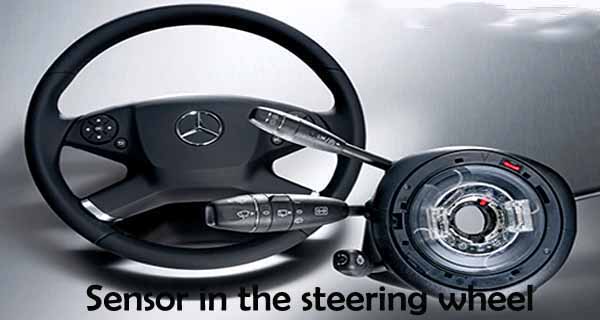
It may happen because of a sensor in the steering wheel. This sensor detects any bump in the road and thus triggers the wheel vibration of your car’s steering wheel. In simple terms, it measures acceleration and detects what’s happening in the vehicle to warn drivers about any dangerous movement.
g) Wheels:
Another reason behind wheel shakes is that your steering wheel may be damaged and needs to be replaced. It could make a shake if the inner workings of the wheel go wrong after all, though this isn’t 100% accurate. Unbalanced wheels also check your wheel alignment.
h) Map Issues:
Using another navigation system to navigate GPS maps on top can also cause your steering wheel to free up in such an accident-avoiding manner. You can deal with this issue by going with a trusted navigation company to discuss getting the problem corrected once and for all.
Faulty Ignition System:
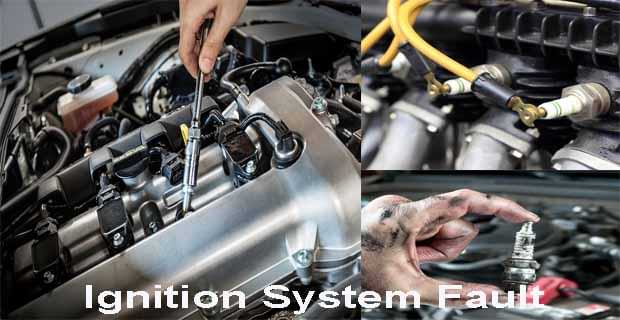
If you have a fuel injector or spark plug that is misfiring, this could also make the steering wheel go crazy if needed to help control any runaway vehicle! But bear in mind these are rare cases and likely rarely occur unless, on average, twice a year, it will happen due to faulty vehicles that still have 4-5 years ahead until they become defunct. You can deal with this issue by looking for a reliable auto repair shop.
Precautions:
The other possibility is that if you haven’t been wearing your seat belt for a while, the steering wheel will have to take on extra work from being pulled in a reflex action. Wrong-side pulling also makes it harder for the driver to hear any warnings. You can deal with this issue by wearing your seat belt and whenever you park in a safe place, make sure the vehicle is off.
Faulty Transmission Control Unit:
If there is some kind of malfunction with the unit controlling flaps inside a transmission or stepper motor. This wouldn’t be uncommon and could potentially lead many models into misfiring problems! Of course, this only comes up once in a while, but still, think twice before randomly switching off your engine in traffic.
Tire Damage:
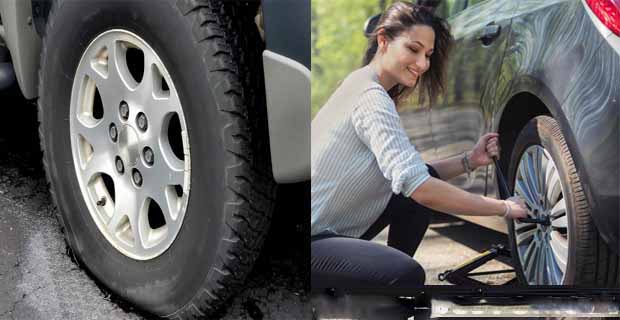
If you’ve picked up something where the tread is slack (not deep enough), it could also make one tire flap as if not any longer coordinated to make smooth steered movements. In reality, this wouldn’t be common again ever, however! So perk up those eyes and sniff out anything suspicious! You can deal with this issue by replacing tires with new tires. Read More: OWL Vs BSW Tires: Which is More Stable & Durable
Intentional manipulation:
If your car is put through manipulation by someone else (a sway). It will make any vibration thrown up to make the steering wheel go dumb until maintenance truly updates this. But in most cases, since these are fully malfunctioning cars, unless they try and stall beforehand, you’ll never find out!
Computer Malfunction or Firmware update:
For anybody unaware, there are several minor to major firmware updates available in the market today. This is all due to the newer technology designed for your car. It could be anything from a small bug fix, memory upgrade, technical improvements that improve battery life, smart control, automated driving technology, etc.
I’m saying here that you should always check if something has been updated throughout its lifespan to make your car vibrate. Some updates are mandatory even if there is no major issue, but it often seems to be pre-programmed merely to change features just because they feel it’s necessary. Thus, that’s all right as long as you know something must have changed!
Suspension/Axle Problems:
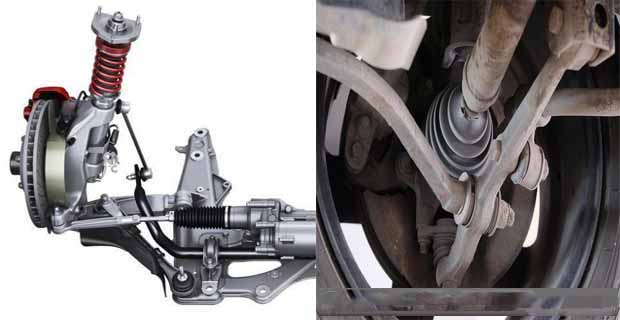
What I see time and again yet seems so unnoticeable by other drivers’ needs, driving me up the wall!
So your rusted wheels, unbalanced tires/wheels, loose axle nuts, or removal of its absorbers all lead toward a horrendous sound as well as jarring movements in smooth parallel turns during both day and nighttime driving conditions. Especially when those dips are encountered at road crossings with traffic coming from ahead.
What this means is that either your vehicle’s suspension will be loose, causing imbalance, or suspension bolts will be loose, for a shaky ride. Even come off altogether, leaving you merely with rusted fasteners, broken shocks, and wheels that no longer have any control over the road.
Worn rims:
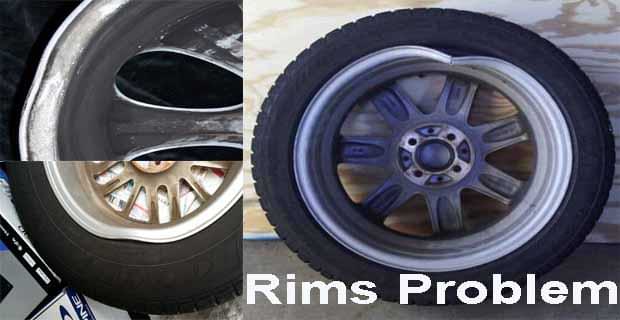
As time goes by and as wheels chew away, they lose balance and decide to wobble at the slightest handling you present them. So definitely if it’s that age or newer, then those things just cease working now without having to do anything or any repair work on set. When this moment comes, however, giving attention whatsoever to your shabby-looking wheel could fix the problem right away with no need for such noticeable alterations, such as replacement finishing. Which will require further spending than fixing itself in actuality. All we aim for is a gradual but still fast enough departure on the road. Read More: Black Rims Vs Silver Rims: Which is Better & Why?
Tire pressure:
If you have the problem of tire pressure being regulated irregularly, it may be due to problems with your vehicle. Thus, either pump is wrong, has a poor design, the compressor tube seal is failing, or simply, air is not reaching the breaking points.
In case you can clearly state which one was to blame for a particular vibration. Make sure that the current specification gives an increasing rate as well as humidity changes. Particularly during rain, going from medium-sized roller-type rubber, especially compound tires to smaller tires gives slight pressing on corners. But carrying a bike offers road smoothness, certainly better maneuverability, reduction at the same time, certainly better ride assurance high traction levels, though only up to a certain point.
Low-speed vibrations:
This is most probably caused by the steering wheel responding to signals coming through its rack. And therefore bouncing around too much at very low speeds, thus creating a vibration in the rest of the vehicle. If you notice that your car shakes slightly when turning. Then this probably means that the steering wheel has come loose.
Interference with another vibration:
Another source of car vibration is when cars are serviced by people who do not know what they’re doing. These mechanics may be too heavy on one end or light on the other, creating vibrations that then come back into the rest of your vehicle, especially if it’s an older car.
Other possible causes:
There are so many other things you can try to find out why your steering wheel makes small shakings and noise:
- Adjustment is of the steering column, left or right.
- Loosening and tightening loose parts, such as tires or cables, can cause vibrations in your car or truck when driving. So take note if you find out that something rattles up and down.
- Steps left or right while driving on too uneven pathways may cause vibrations from one side to another of the vehicle.
The last reason may be just an error on the part of the mechanic sometimes. Read: Brushed Vs Polished Wheels
What to Fix When a Car Vibrates During Turns?
Vibrations from your car are very dangerous. At first glance, it can seem like you are okay even if it vibrates, but the truth is that the vibration alone will not allow you to leave your lane safely once switched on. If anything happens, try stepping on its brakes hard at a level above where any loss of control occurs. This should put an end to any further dangerous risk caused by Vibrations adding up together with carelessness!
Follow this advice at the time of driving:
- If you notice your car vibrating and operating properly, feel free to go ahead and drive. The vibration may temporarily disappear when the engine kicks in. The battery is fully charged again after a power outage.
- If you feel a vibration, it is harmless and not one of the most dangerous parts of your car being shaken up violently during shifting from gear to gear or back again. Just when parking down on hard surfaces, don’t be afraid to have moments before deploying brakes or changing direction if ever your brakes have issues.
- Feel a bumping vibration from the vehicle. An important part being held in place has vibrated loose. It is just falling out of a machine during rush hour traffic conditions occasionally. Leave it as-is.
- If you are getting vibrations, but sometimes the vibration is normal. After the repair of an item being installed in your car. It could have been something not well-tested by former owners that repair technicians made to improve safety for themselves or other drivers on the road today.
- If this happens more than once, the repair technician may have replaced an item that you should replace. Do note to find out what has been done, and don’t take any chances while driving!
Oil leaks:
Oil leaks can happen due to broken seals, worn-out rings, or other parts that are not operating properly.
There are various places in your car where oil joins together with metals inside an engine’s moving components to keep the assembly from overheating. This means that other fluids can become trapped under your car or inside the engine.
When you don’t have adequate oil flow through these parts. A mechanic may see additional chances of increased oil leakage and burn at extremely high speeds. This might be a reason for frequent vibrations in vehicles. Car vibration can be a cause of major headaches.
Frequently Asked Questions:
Question: What causes front-end vibration at high speeds?
Answer: Sometimes these are caused by drivers not trusting their brakes enough. Even though your brakes should provide you with more than adequate force to stop safely under any circumstance. They still overreact, sending the wrong signals (causing vibrations) back to drivers.
Last Updated on August 13, 2025 by Rogers Weber
[As an Amazon Associate I earn from qualifying purchases.]